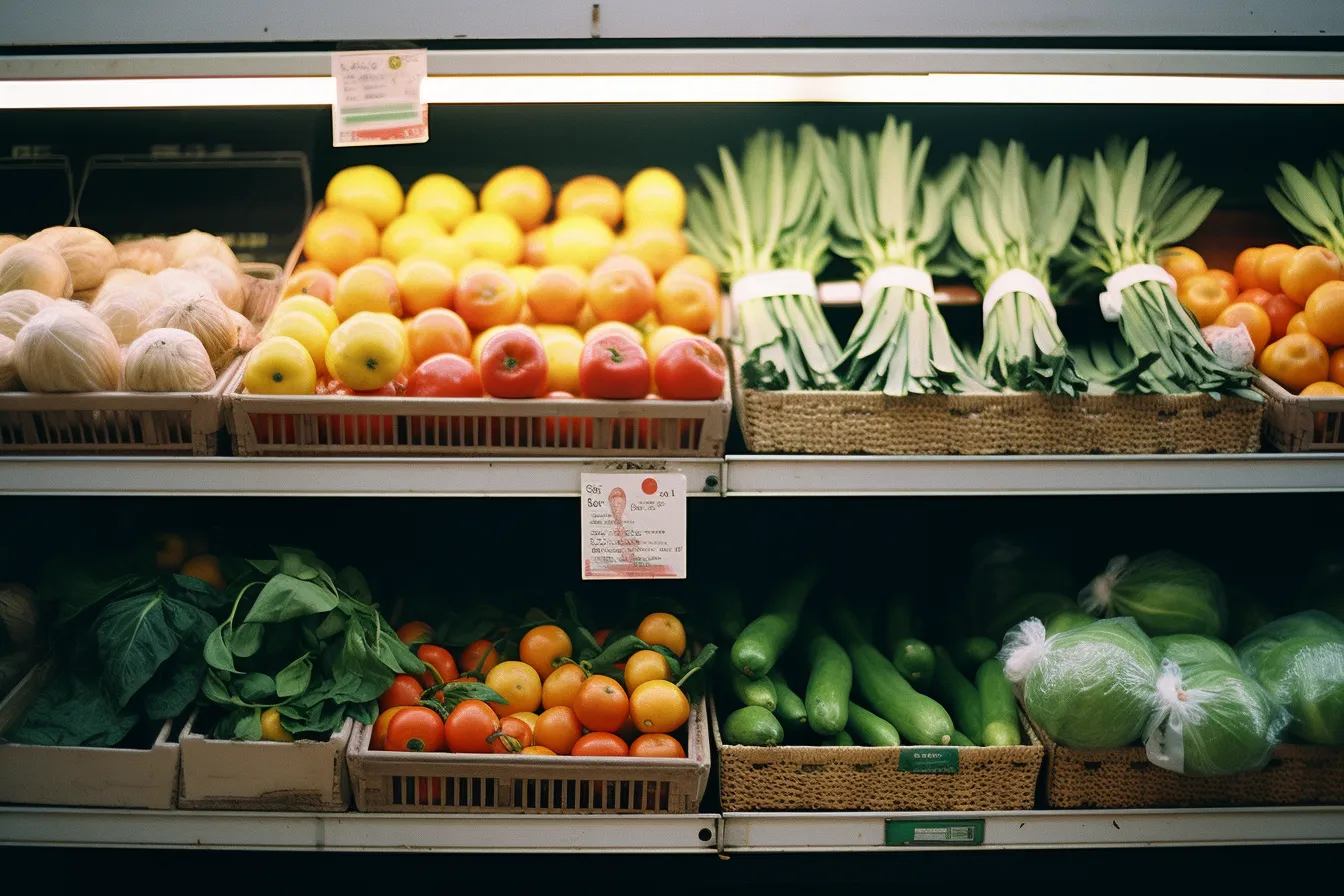The Financial Impact of Shopping Cart Design
Welcome to our article on the financial impact of shopping cart design! In this piece, we will explore how the size and design of shopping carts can influence consumer spending—and ultimately, your bottom line. Whether you’re an e-commerce business owner or a marketing professional, understanding the nuances of shopping cart design can help you optimize your website and boost your revenue. So, let’s dive in and discover the secrets behind this crucial aspect of the online shopping experience!
The Power of First Impressions
As the saying goes, “you never get a second chance to make a first impression”—and this concept applies just as much to shopping carts as it does to meeting someone for the first time. The size and design of your shopping cart play a significant role in the initial impression shoppers have of your website and ultimately affect their purchasing decisions.
A cluttered and overwhelming shopping cart design, with numerous confusing options and an outdated layout, can lead to frustration and cart abandonment faster than you can say “lost sales.” On the other hand, a well-designed, user-friendly cart that offers a seamless shopping experience can motivate customers to continue adding items and eventually complete their purchases.
Size Matters: The Psychology of Cart Sizes
Believe it or not, the size of your shopping cart can subconsciously influence consumer behavior. Studies have shown that when presented with a larger shopping cart, shoppers tend to feel inclined to fill it up—even with items they may not have initially intended to purchase. It’s the classic “empty cart syndrome” that triggers the desire to make sure it’s not empty, driving customers to add more items to the cart than they may have originally planned.
In contrast, smaller shopping carts can have the opposite effect. They create a sense of scarcity, making customers more conscious of what they put in their cart, resulting in a higher likelihood of completing the purchase. By strategically choosing the size of your shopping cart, you can nudge shoppers towards adding more items or encourage them to be more selective—depending on your specific business goals and target audience.
User Experience: The Key to Conversion
Navigating a poorly designed shopping cart is not only frustrating for customers but also detrimental to your bottom line. Studies have revealed that a whopping 68% of online shoppers abandon their carts due to a complicated checkout process. This statistic alone highlights the immense importance of providing a seamless and intuitive user experience throughout the entire purchasing journey.
An optimized shopping cart design should include clear and straightforward steps, a prominent “Checkout” button, and options for guest checkout to avoid creating unnecessary barriers for customers. Additionally, incorporating trust signals such as security logos, customer reviews, and return policies can help alleviate purchase anxiety and build confidence in your brand, ultimately leading to higher conversion rates and repeated business.
Designing for Mobile Responsiveness
In today’s increasingly mobile-dependent world, it’s crucial to ensure that your shopping cart is optimized for mobile devices. With the rise of smartphones, consumers are now frequently making purchases on the go. If your shopping cart design doesn’t adapt seamlessly to mobile screens, you risk losing a significant portion of potential customers.
Mobile responsiveness includes features such as large buttons, easy navigation, and a streamlined layout that looks and functions well on smaller mobile screens. By prioritizing mobile optimization, you can cater to consumers’ preferences and capitalize on the growing trend of mobile shopping.
So, there you have it—the financial impact of shopping cart design. Remember, a well-designed shopping cart can serve as a powerful tool in increasing conversions, maximizing revenue, and improving customer satisfaction. By paying attention to the nuances of size, user experience, and mobile responsiveness, you can optimize your shopping cart to meet the needs and expectations of your audience. Happy cart designing!
